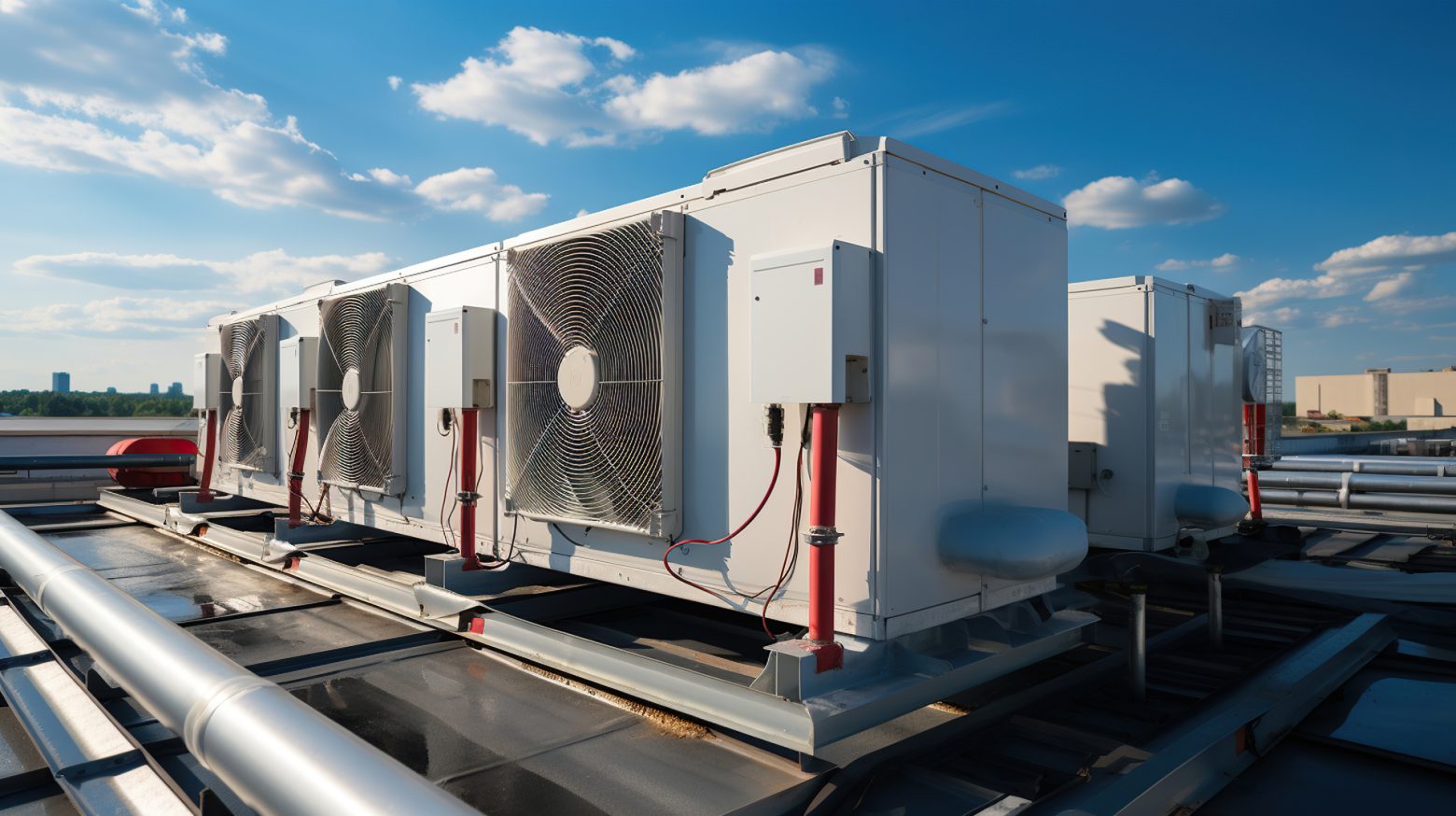The heat gun consists of a heating element, a motor and a blower. The fan sucks hot air from the heating element and directs it through the nozzle of the device. Because of their relatively simple construction, heat guns are some of the most affordable power tools on the market, and their wide range of uses make them a useful addition to any tool box.
Most heat guns have a minimum temperature of around 49 degrees Celsius (120 degrees Fahrenheit), but there are also some that are even lower at 32 degrees Celsius (90 degrees Fahrenheit). The maximum temperature of a heat gun usually reaches around 1,100 degrees Fahrenheit (593 degrees Celsius), but some are even hotter. A typical heat gun with a temperature of 750 degrees Fahrenheit (399 degrees Celsius) is sufficient for everyday use.
Advantages and uses of heat guns
One of the main advantages of heat guns over other heat generators is that they are non-flammable. While flames can damage the surface being heated and even cause a fire, the hot air in a heat gun is a much safer source of heat for your soldering accessories.
Uses of the heat gun
1. Peeling off paint
A heat gun is a great tool for removing old paint from furniture or other wood products. It is an alternative to color solvents or other aggressive chemicals and therefore safer and more environmentally friendly! It also removes the paint more quickly.
2. Removal of putty
If you scratch with your hand, the hot air from the heat gun can help you remove the glass putty by softening it before you do it by hand, so it doesn’t damage the surface around the putty.
3. Shrinking of plastic pipes
Heat guns are also often used for heat shrink tubing and allow plastic and PVC films to be stretched and bent more easily.
4. Peeling off old wallpaper
A heat gun can be used to peel off old wallpaper, which is especially useful with old wood chips or heavily textured papers with multiple layers of paint, as it will melt the glue and burn the paper off. It is important to note that this process should be performed with caution because of the risk of fire.
5. Soften glue and adhesives
A heat gun is great for removing old stickers or labels. The heat gun can be used to raise the temperature of the glue enough to make it soft enough to remove.
6. Thaw frozen pipes
A heat gun can thaw frozen pipes by lowering the temperature setting slightly and slowly heating the pipes; this is a slow process, please be careful not to use excessive heat as it can damage the pipes.
The heat gun is also suitable for thawing freezers, thawing frozen locks, heating iced copper pipes and drying damp surfaces. In short, from household and crafts to auto repairs and home improvement, the heat gun is versatile and when you use it later you will find that it is an important and useful tool.
Precautions When Using Heat Guns
- The flow of hot air from a heat gun, while less dangerous than an open flame, can set highly flammable objects on fire, broken glass and cause injury if sprayed directly on the skin. The heating is almost instantaneous, so you can turn off the heat gun during a break from work.
- The heat gun looks very similar to a hairdryer, but should never be used to dry hair as it burns due to the high temperature.
- When using solder joints around the copper pipes, care should always be taken to use the heat gun as the heat will melt the solder and weaken the joint.
- Due to the power of these tools (up to 2000W), if it is necessary to extend the wire, only use wire rated at 10 amps or higher, and always fully extend the wire.
- Do not block or obscure the air intake wall. If the airflow is reduced, the heat gun will overheat and catch fire.
- Do not use the heat gun near flammable materials.
- Turn off the heat gun before placing it on a surface.
- Let the device cool down before storing it.
- Do not place the nozzle near objects when it is very hot.
- Do not touch the hot metal nozzle with your clothing or skin.
- Do not use for stripping lead paint.
- Do not allow the paint to adhere to the nozzle. If some paint does stick to it, let the gun cool down and remove the paint.
- Do not look at the nozzle when the gun is on.
- Do not insert any objects into the nozzle of the gun.
Heat guns can generate temperatures of up to 649 ° C (1,200 ° F) and cause serious damage or injury if you are not careful; therefore, always take safety precautions when using a heat gun.
The possibilities are endless with a heat gun, especially if you are a home improvement or hobbyist. So if you need a heat gun, then a heat gun is the right choice for you.





